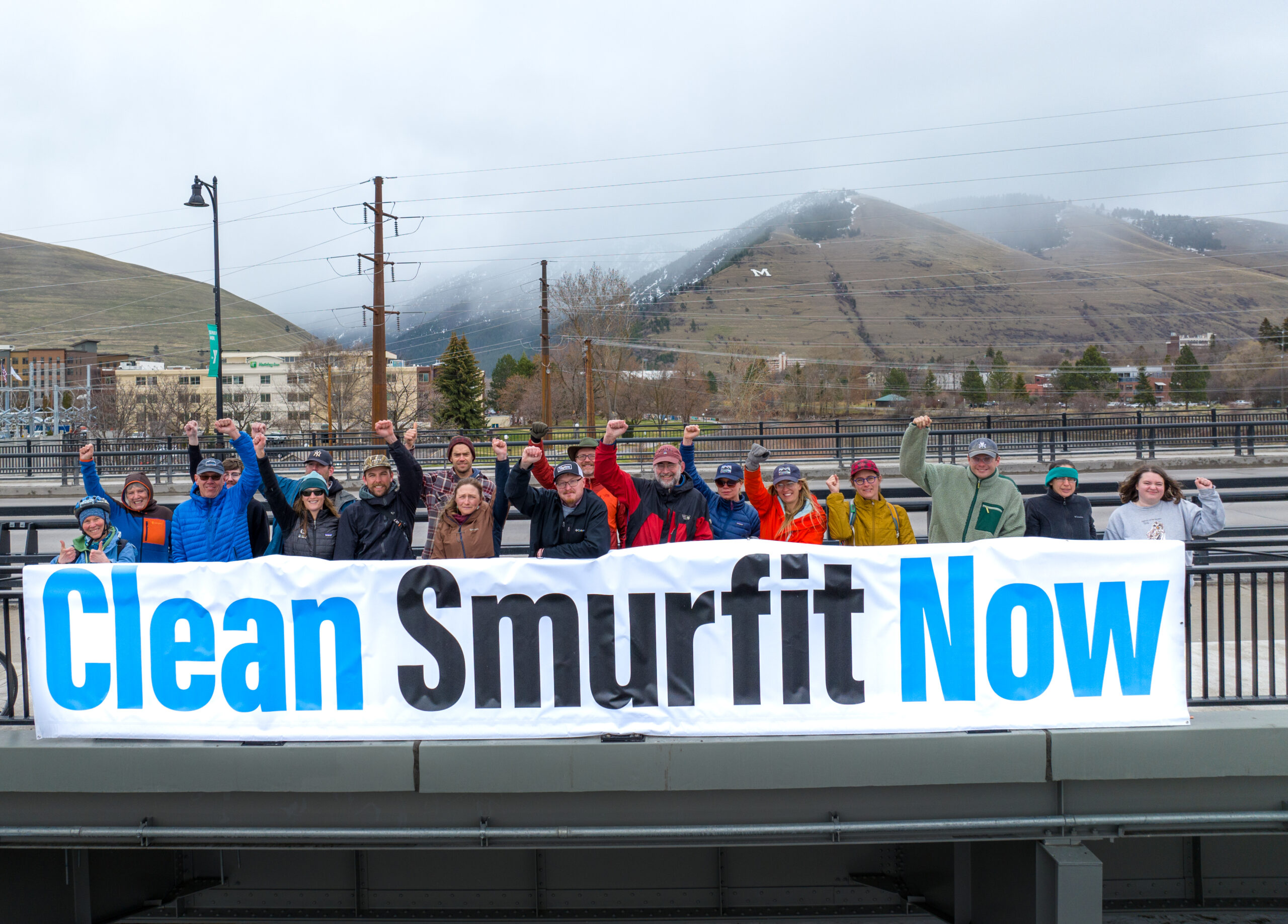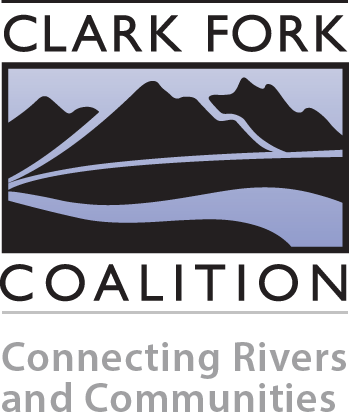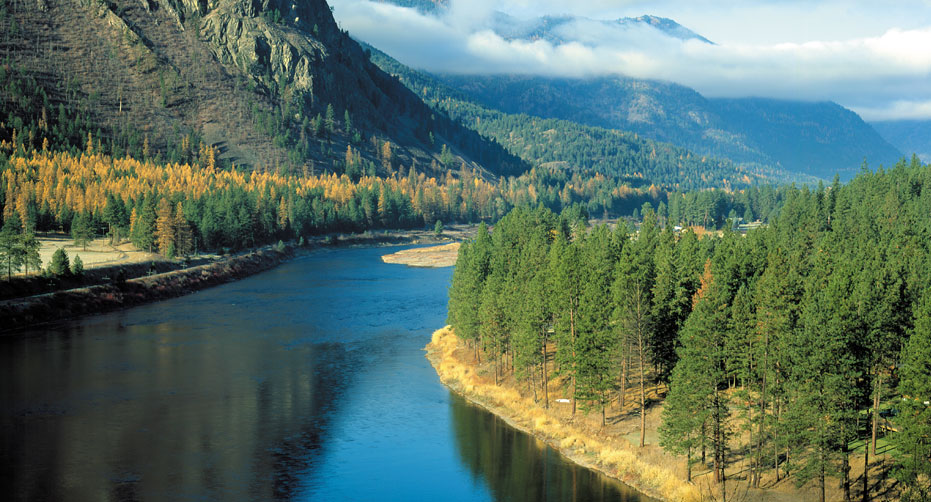
A Living River, A Toxic Legacy
Situated in the heart of the ancestral homelands of the Salish, Kalispel, and Ksanka peoples, the Clark Fork River plays an important part not only in the history of the region, but also in the present and future for all who live here. Rising out of the Continental Divide and flowing through a 14 million-acre basin, the river is a magnet for recreation, an economic driver for our riverside communities, an agricultural resource, and rich habitat for bountiful fish and wildlife.
After weathering decades of heavy industrial use, many sections of the Clark Fork River have been cleaned up thanks to the hard work of citizens, conservationists, Tribal nations, and government officials. The river is cleaner now than most of us remember it ever being in our lifetimes. Yet, a major threat to the Clark Fork remains: the shuttered Smurfit-Stone pulp and paper mill near Frenchtown.
Leaking, Unsafe, and Illegal
Much of the waste generated by the Smurfit-Stone pulp mill is still onsite—strewn across 1,000 acres right next to the Clark Fork River. Within that toxic area, roughly 140 acres of unlined sludge ponds and landfills pose the greatest risks. Thirteen years after the mill closed, the 3,200-acre industrial site is still poisoning the groundwater and river. These pollutants harm fish and wildlife and put the health of Tribal subsistence fishers at risk.
Not only are the dumps leaking toxic chemicals into the groundwater that flows to the river, the only thing separating much of this wasteland from the river is an uncertified, crumbling four-mile-long earthen berm that’s riddled with rodent holes. Last July, we talked with three experts to get more information on the leaking dumps, the crumbling berm, and the illegal burden on the river. You can listen to these experts in new episodes of our podcast Toxic: The Mess at Smurfit-Stone.
Clean Smurfit Now
The river sustains us, gives us food, and supports our livelihoods. We have a duty of care for the river, too. We want the Clark Fork River returned to a condition where it functions ecologically, sustaining healthy wildlife and plant life. The river is not a waste dump for companies to pollute and then abandon.
Local stakeholders—including the Clark Fork Coalition, Missoula County Water Quality District, Montana Trout Unlimited, Montana Public Interest Research Group (MontPIRG), Hellgate Hunters and Anglers, Frenchtown Community Advisory Group, the Confederated Salish and Kootenai Tribes, the Kalispel Tribe, and the Montana Natural Resource Damage Program—dream of a clean site where people can live, play, and connect with the river and wild nature can flourish.
Getting the cleanup the river needs and downstream communities deserve will require widespread, vocal support to make sure the EPA holds the potentially responsible parties accountable for their industrial mess.
This summer, if you live in the Frenchtown area, you might see a friendly new face on your doorstep, clipboard in hand. The student-run nonprofit organization MontPIRG will canvas the area to garner support and collect signatures for a petition. The petition calls on the EPA to collect adequate data on the full scope of contamination, work on a timely cleanup of the Smurfit-Stone site, and create a plan that restores the floodplain.
Cleaning up the Smurfit-Stone site and reconnecting the river with its floodplain presents a rare opportunity to get a big one right. Let’s get started.
Sign the Petition
< Back to blog


